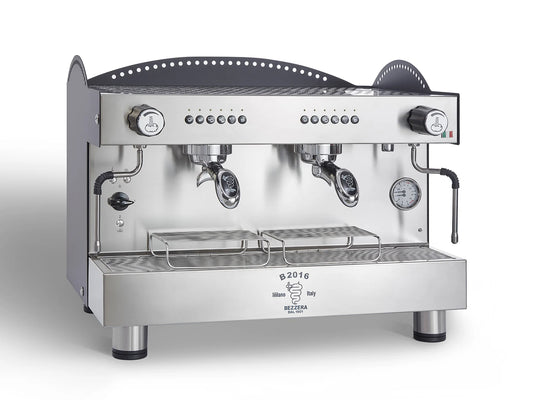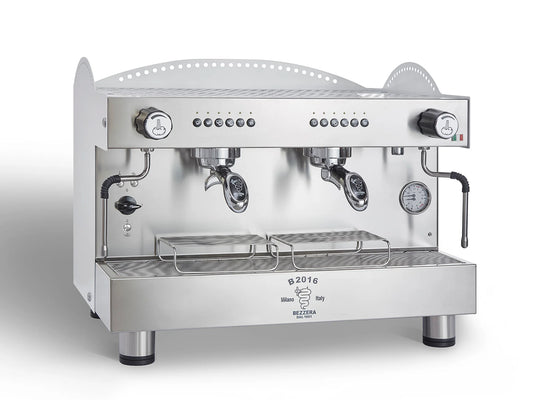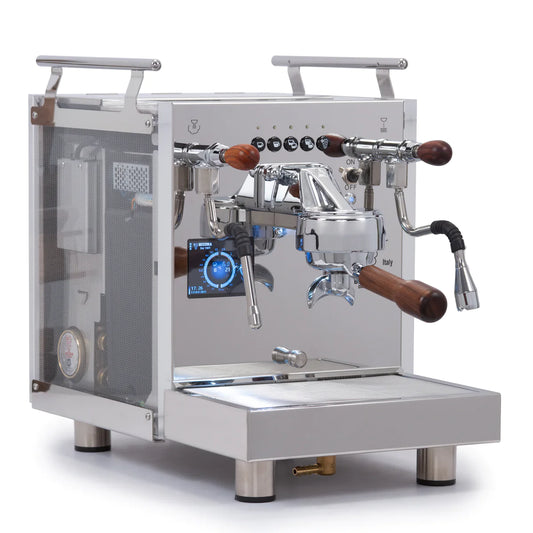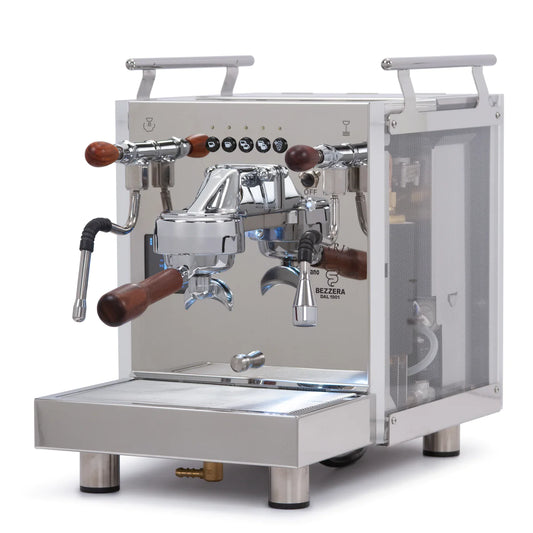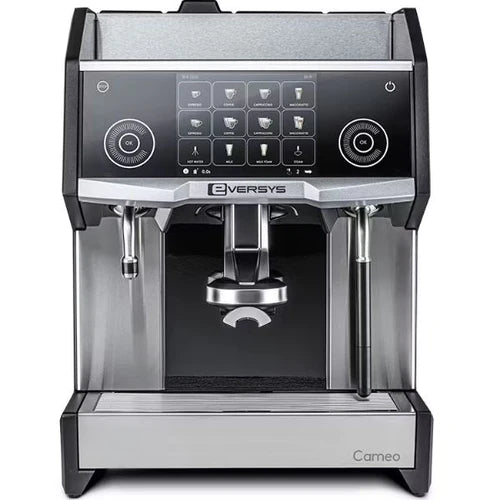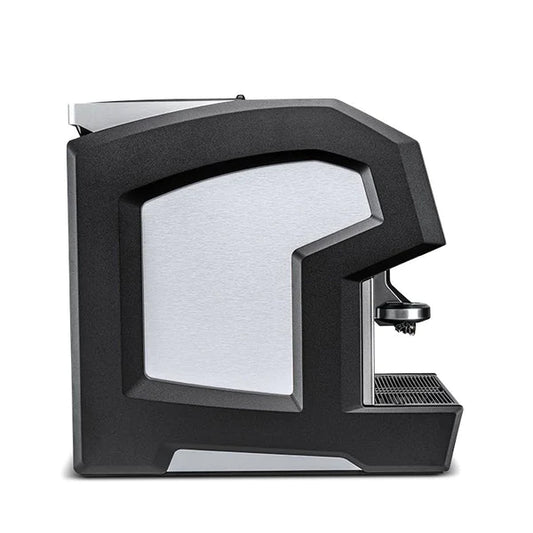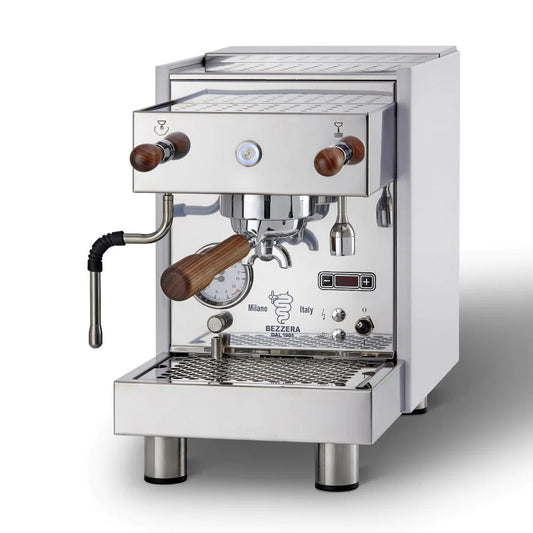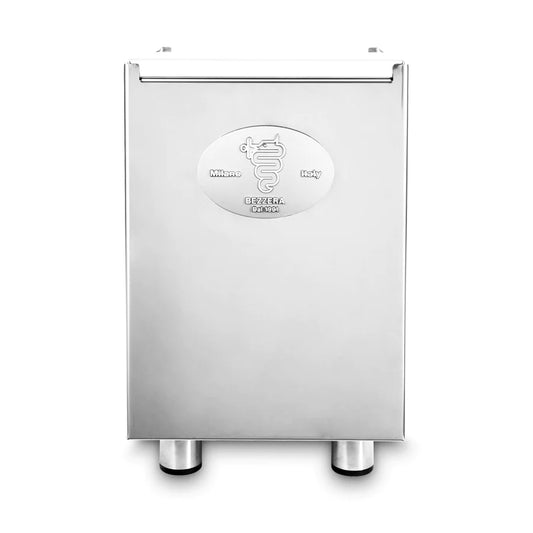Why Switching to Whole Bean Coffee Will Transform Your Morning Routine
Table of Contents
- Key Highlights:
- Introduction
- The Flavor Profile of Coffee
- Understanding Grinding Methods
- Making the Switch from Pre-Ground to Whole Bean
- Brewing Techniques for Whole Bean Coffee
- The Environmental Impact of Whole Bean Coffee
- The Social Aspects of Coffee Brewing
Key Highlights:
- Pre-ground coffee loses flavor quickly due to exposure to oxygen and other elements, resulting in a stale taste.
- Whole bean coffee allows for better flavor extraction, as different brewing methods require specific grind sizes.
- Investing in a quality grinder, particularly a burr grinder, enhances the coffee experience by ensuring a consistent grind.
Introduction
For many, the day begins with the comforting aroma of freshly brewed coffee, a ritual that signals the start of daily activities. However, for countless coffee lovers, the convenience of pre-ground coffee often comes at the expense of taste and quality. While the appeal of simply opening a bag of ready-to-brew coffee is undeniable, this choice may result in a subpar coffee experience. Understanding the differences between pre-ground and whole bean coffee can lead to a flavorful transformation in your morning routine and overall appreciation of this beloved beverage.
Coffee is more than just a drink; it is a complex blend of flavors and aromas that can vary significantly based on its origin, processing, and preparation. To fully appreciate what coffee has to offer, consumers must recognize the importance of freshness and the critical role that grinding plays in flavor extraction. In this comprehensive exploration, we will delve into the reasons why whole bean coffee is superior and how switching to this option can elevate your coffee experience.
The Flavor Profile of Coffee
The nuances of coffee flavor are as rich and intricate as the beverage itself. The Specialty Coffee Association has developed The Coffee Taster's Flavor Wheel, which illustrates the multitude of flavor profiles found within coffee beans. Factors such as the bean's growing region, processing method, and roast level contribute to its unique taste. However, this complexity can quickly diminish if the coffee is not consumed fresh.
Once coffee beans are roasted, they begin to release aromatic compounds. This process, known as "degassing," is essential for achieving the optimal flavor. Ground coffee, however, accelerates the loss of these volatile compounds. When beans are ground, they have more surface area exposed to oxygen, light, and moisture, which are all detrimental to flavor retention. As a result, pre-ground coffee can taste stale and lack the vibrant characteristics that freshly ground coffee can offer.
Understanding Grinding Methods
Grinding coffee is not merely a matter of convenience; it is a crucial step that influences the overall taste of the brew. Different brewing methods require different grind sizes for optimal extraction. For instance:
- Espresso: Requires a fine grind to ensure quick extraction under high pressure.
- Pour-over: A medium grind is ideal, allowing water to flow through the coffee bed evenly.
- French Press: A coarser grind is necessary to prevent over-extraction and bitterness.
Using pre-ground coffee can restrict your brewing options and lead to less than ideal results. For example, if you use pre-ground coffee meant for drip brewing in a French press, you may end up with a brew that is overly bitter and harsh. By switching to whole bean coffee, you gain the flexibility to experiment with various brewing techniques and achieve the best flavor profile possible.
Making the Switch from Pre-Ground to Whole Bean
One of the primary reasons consumers opt for pre-ground coffee is the perceived cost savings. While it may seem more economical, there are budget-friendly whole bean options available that can provide a superior experience. Brands like Café Bustelo Supreme offer excellent quality at a competitive price, making the switch more accessible than one might think.
Switching to whole bean coffee does require a coffee grinder, and the type of grinder you choose can impact the flavor of your brew. Burr grinders are widely regarded as the best option for achieving a consistent grind size, which is essential for even extraction. These grinders crush beans into uniformly sized particles, allowing water to interact with the coffee grounds more effectively.
Types of Grinders
- Burr Grinders: Available in manual and electric forms, burr grinders are favored for their ability to produce a consistent grind. Manual grinders are portable and cost-effective, making them ideal for those with limited kitchen space or for coffee enthusiasts who enjoy brewing on the go. Electric burr grinders, on the other hand, provide convenience and ease of use, allowing for quick adjustments to grind size.
- Blade Grinders: While blade grinders are often more affordable, they can produce uneven grinds, which can adversely affect flavor extraction. If a blade grinder is your only option, pulsing the grinder and shaking it during operation can help achieve a more uniform grind.
Regardless of the type of grinder you choose, the transition from pre-ground to whole bean coffee is likely to yield a fresher, more flavorful cup of coffee that enhances your daily routine.
Brewing Techniques for Whole Bean Coffee
With the switch to whole bean coffee, understanding how to brew effectively can further elevate your experience. Each brewing method has its nuances, and mastering them can unlock the full potential of your coffee.
Espresso Brewing
Espresso requires a fine grind and a precise brewing process. The coffee must be tamped down evenly in the portafilter to create resistance against the hot water, allowing for optimal extraction. The ideal brewing time for espresso is typically around 25-30 seconds, resulting in a concentrated shot with rich flavors and a thick crema.
Pour-Over Method
Pour-over brewing allows for a more hands-on approach, enabling the brewer to control the water temperature and flow rate. A medium grind is recommended, and the use of a gooseneck kettle can facilitate precise pouring. This method emphasizes clarity and brightness in flavor, making it a favorite among coffee connoisseurs.
French Press
For those who enjoy a robust and full-bodied cup, the French press is an excellent choice. A coarse grind is essential to avoid over-extraction. The coffee grounds should steep in hot water for about four minutes before pressing, resulting in a rich and aromatic brew.
Cold Brew
Cold brew coffee has gained popularity for its smooth and less acidic flavor profile. Coarse coffee grounds are steeped in cold water for an extended period (usually 12 to 24 hours) to extract flavor without bitterness. This method is perfect for those seeking a refreshing drink, especially during warm months.
The Environmental Impact of Whole Bean Coffee
In addition to taste and quality, switching to whole bean coffee can also have environmental benefits. Pre-ground coffee often comes in single-use packaging that contributes to waste. By purchasing whole beans in bulk or from local roasters, consumers can reduce packaging waste and support sustainable practices.
Furthermore, many local coffee roasters prioritize sourcing beans ethically, ensuring that farmers receive fair compensation for their labor. This conscious consumption can resonate with consumers who seek to make more responsible choices in their purchasing habits.
The Social Aspects of Coffee Brewing
Coffee brewing is often a communal experience, bringing people together over a shared love for the beverage. The transition to whole bean coffee can enhance this social aspect. Hosting coffee tastings, experimenting with different brewing methods, or simply sharing a pot of freshly brewed coffee with friends can foster connections and create memorable moments.
Engaging in discussions about coffee origins, flavor profiles, and brewing techniques can also deepen appreciation for the craft of coffee making. This sense of community surrounding coffee can enrich the overall experience, transforming a simple morning routine into a cherished ritual.
FAQ
What are the main differences between pre-ground and whole bean coffee?
Pre-ground coffee is often exposed to air, light, and moisture, leading to a loss of flavor over time. Whole bean coffee retains its freshness longer, allowing for a more vibrant and flavorful cup when ground just before brewing.
Do I need a special grinder for whole bean coffee?
While any grinder can be used, burr grinders are recommended for their ability to produce a consistent grind size, essential for optimal extraction. Blade grinders can be used but may lead to uneven grinds.
How can I ensure my coffee stays fresh?
To maintain freshness, store whole bean coffee in an airtight container in a cool, dark place. Avoid storing beans in the refrigerator or freezer, as temperature fluctuations can affect flavor.
Can I use pre-ground coffee for different brewing methods?
While possible, using pre-ground coffee can limit your brewing options and may result in suboptimal flavor extraction. It is best to match the grind size to your preferred brewing method for the best results.
How do I choose the right grind size for my brewing method?
Different brewing methods require specific grind sizes for optimal flavor extraction. For example, fine grinds are suited for espresso, while coarse grinds are ideal for French press. Experimenting with grind sizes can help you find the perfect match for your preferred brewing method.
Switching to whole bean coffee can be a transformative experience, enhancing not just the flavor of your brew but also your engagement with the coffee community and conscious consumption practices. By embracing the complexity of coffee and understanding the importance of freshness, you can elevate your daily ritual and discover the rich world of flavors that await in each cup.

